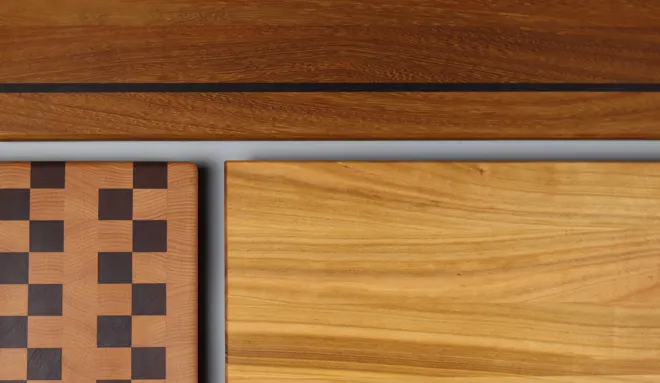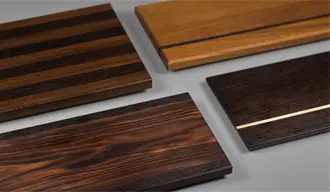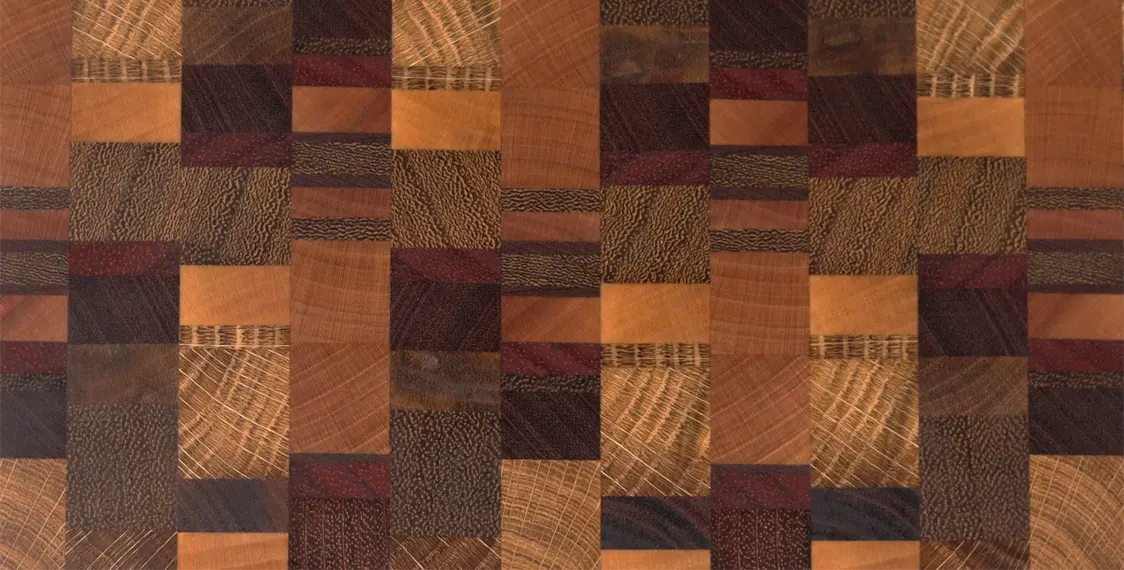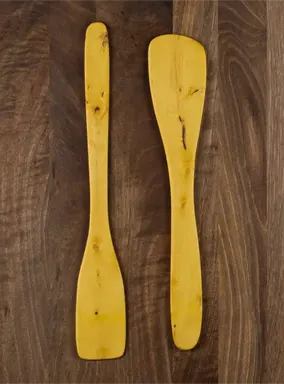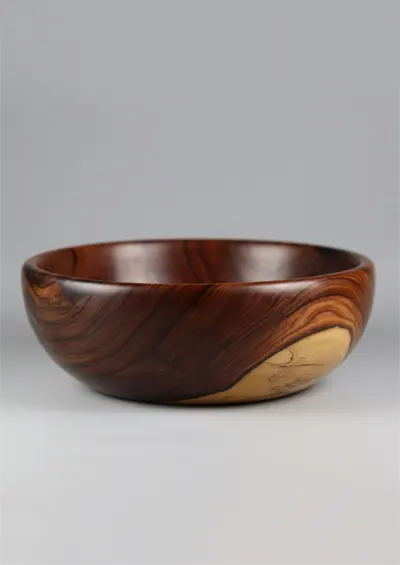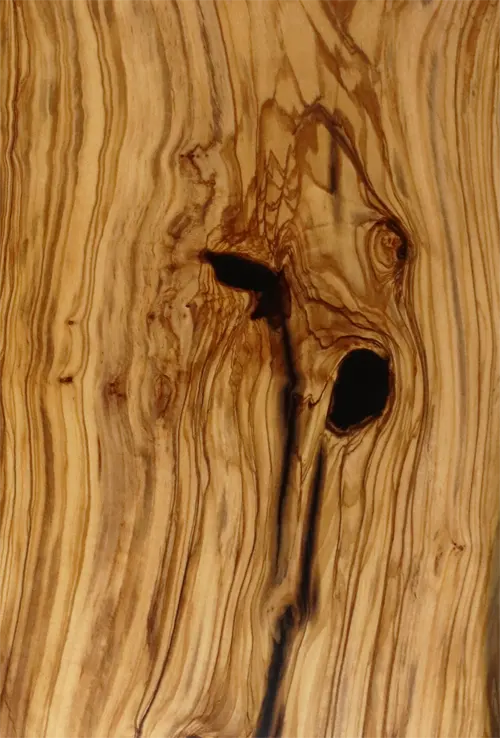Black Wood: Species and Uses
Black wood is renowned for its natural beauty, elegance and exclusivity, standing out especially in decoration and the manufacture of high-end furniture. This wood brings a sophisticated aesthetic that few other options can match.
In this comprehensive guide you will learn what exactly black wood is, its main characteristics, different common and exotic species, its decorative advantages and much more.
In addition, we will include a detailed comparison table and answer all your questions with a complete FAQ section.
What exactly is black wood?
Black wood is not a single species, but a generic term that groups all those woods that have a dark, deep or almost black hue in their natural state or after a process of oxidation or aging. It is usually associated with luxury, exclusivity and elegant, sober and sophisticated decorative styles.
Black wood is sourced from both common species and exotic and rare species, some of which are protected by their scarcity and high value.
Main characteristics of black wood
Although the characteristics may vary depending on the species, the most prominent are:
- Dark or black color: Its hue ranges from deep browns to deep black.
- High density and hardness: In general, these woods are hard and resistant.
- Fine and elegant texture: They usually have marked or subtle veins, depending on the species.
- High natural resistance: Many blackwoods have great resistance to moisture, pests, and wear.
Types of black wood (common and exotic)
Below is a complete comparison table including common and exotic blackwoods:
| Species | Origin | Guy | Density (kg/m³) | Hardness | Common uses | Special Feature |
|---|---|---|---|---|---|---|
| African Ebony | Africa (exotic) | Very hard | 950-1200 | Very high | Cabinetmaking, instruments | Deep black, very sparse |
| Wenge | Central Africa (exotic) | Hard | 850-950 | High | Luxury furniture, flooring | High strength, marked dark streaks |
| American Black Walnut | North America | Hard | 600-750 | High | Furniture, interiors | Dark brown-black tones |
| Macassar Ebony | Asia (Indonesia) | Very hard | 1000-1200 | Very high | Instruments, fine decoration | Very elegant brown-black veins |
| Black grenadillo | Central America (exotic) | Very hard | 900-1100 | High | Musical instruments | Exclusive black-purple color |
| Bocote | Mexico (exotic) | Very hard | 850-950 | High | Exclusive furniture | Brown-black tones with unique veins |
| Black oak | Europe (rusty) | Hard | 700-750 | High | Exclusive floors, furniture | Natural oxidation, very exclusive |
Most common uses of black wood
Black wood is especially valued in:
- Exclusive cabinetry and furniture: unique pieces, luxury furniture.
- Musical instruments: pianos, guitars, violins.
- Floors and interior coverings: sophisticated environments.
- Decorative objects and fine marquetry: exclusive and artisanal details.
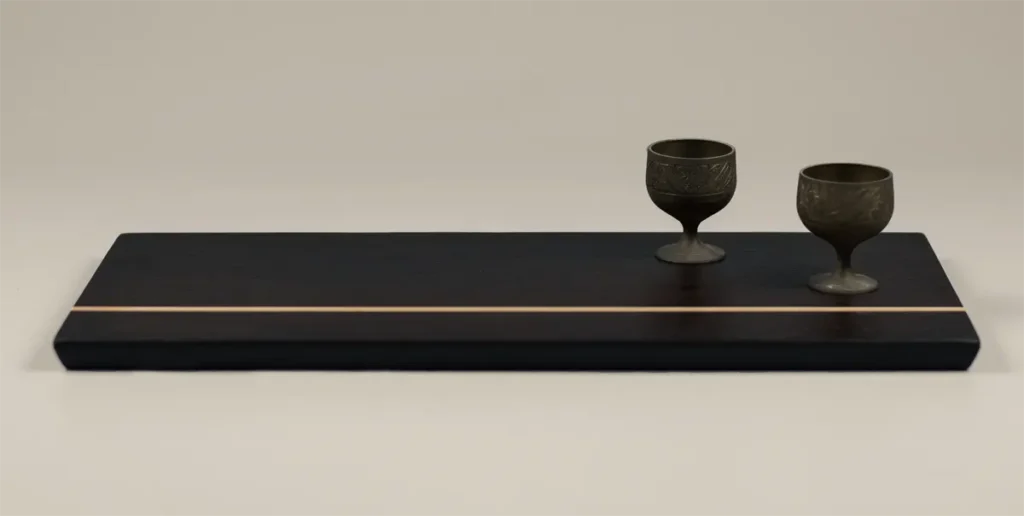
Decorative advantages of using black wood
Some key advantages of this wood are:
- It provides a sophisticated and elegant look.
- Easily combines with different decorative styles (modern, minimalist, classic).
- It is ideal for creating contrast in light interiors.
- It has high natural durability and wear resistance.
Exotic and rare blackwoods that make a difference
Among the most exclusive black woods are:
Gabon Black Ebony:
Extremely rare, famous for its near-absolute deep black hue. It is one of the most luxurious woods in the world. It is a very brittle and heavy wood. Its quality is due to its absence of defects and, above all, its blackness.

Wenge
Originally from Central Africa, highly appreciated in decoration and interior design for its dark and elegant veins. Its veins are black and dark brown. Depending on the tree we can find woods with more black or more brown
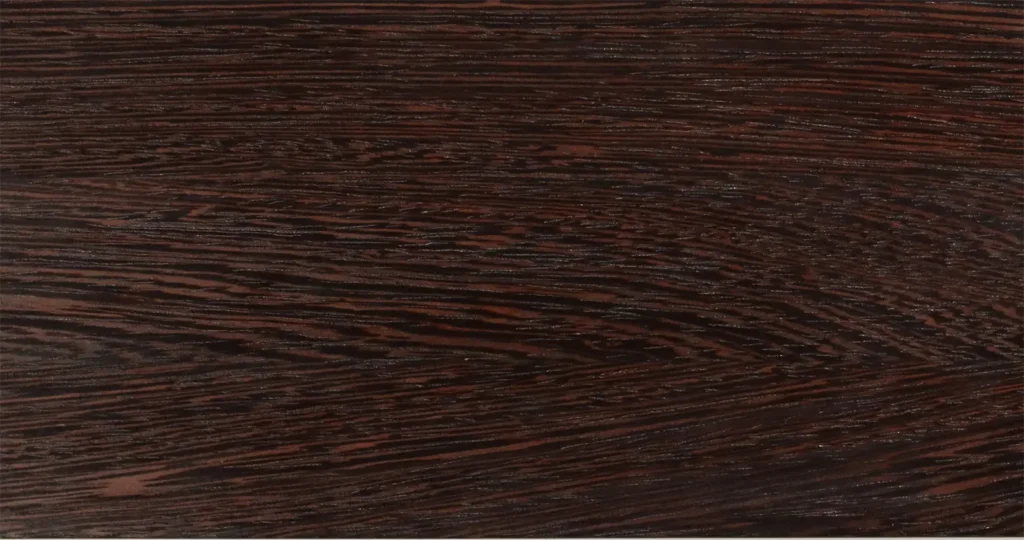
Macassar Ebony
Hailing from Indonesia, this exclusive wood stands out for its striking black and dark brown grains, widely used in high-end cabinetmaking. Learn more in our disambiguation post about ebony wood

Frequently Asked Questions About Blackwood (FAQ)
What exactly is blackwood and where does it come from?
Blackwood is not a specific species, but a general term that includes various woods with natural dark or black tones. It comes from both common (black walnut) and exotic (ebony, wenge) species, mainly from Africa, Asia and Central America.
Is all black wood the same in terms of strength and quality?
No, characteristics such as hardness, strength and quality vary widely depending on the species. For example, African ebony and wenge are extremely hardy, while other species may exhibit slightly lower resistance.
Which black wood is the rarest and most exclusive in the world?
African ebony is considered one of the rarest, most exclusive and valuable woods in the world due to its scarcity, density, exceptional hardness and characteristic deep black color with hardly any visible veins.
Does black wood require special treatments?
In general, black woods are highly resistant, but some species, especially those used outdoors, may require protective treatments such as special oils or varnishes to preserve their color and natural properties for longer.
What are the main decorative advantages of black wood?
Black wood brings sophistication, elegance and exclusivity, creating exceptional decorative contrasts with light colours and bright spaces. Its distinctive appearance makes it ideal for luxury furniture and high-end decoration.
Is black wood sustainable or eco-friendly?
Not all black species are sustainable due to their scarcity. It is key to ensure that they come from certified and sustainable sources (FSC certification) to protect forests and avoid the exploitation of endangered species.
What species of black wood are used in musical instruments?
African ebony and Macassar ebony are especially used in musical instruments due to their unique acoustic properties and high density, ideal for high-end pianos, violins, and guitars.
Is black wood expensive compared to other woods?
Yes, it is probably one of the most expensive shades, exclusivity and difficulty in obtaining and handling. Most of them are marketed by weight, such as Gabon Ebony or Macassar Ebony. The Wenge is currently available in 2025 from €4500 per cubic meter, variable price depending on qualities and sizes of plank.
What kind of maintenance does black wood need?
Regular cleaning is recommended with mild products and special oils for dark wood that maintain hydration and shine, avoiding harsh chemicals.
Where to buy exotic or exclusive black wood?
Exotic black woods such as ebony or wenge are found in distributors specializing in fine woods, luxury cabinetmakers or internationally certified suppliers who guarantee sustainability and quality.
Otras entradas del blog
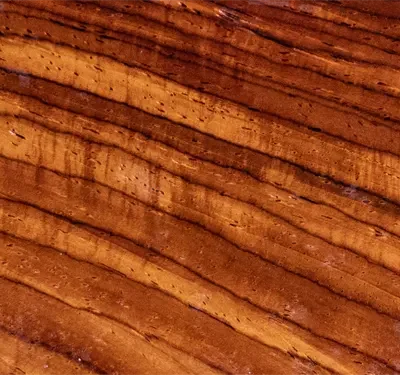
Cocobolo Wood: Uses and characteristics
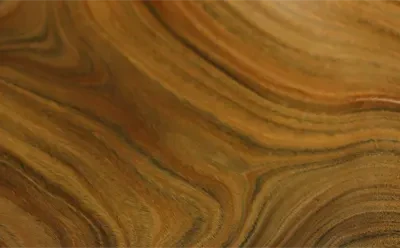
Verawood: Uses and characteristics
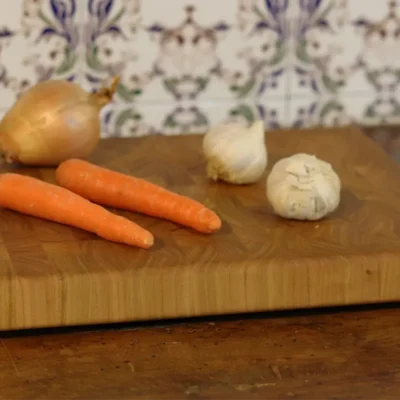
What size of wooden cutting board to choose?
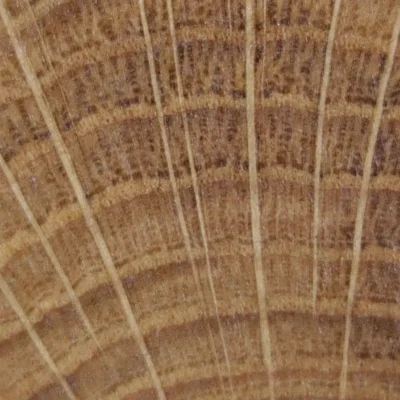
Which woods are antibacterial?
Nuestras tablas de cortar:
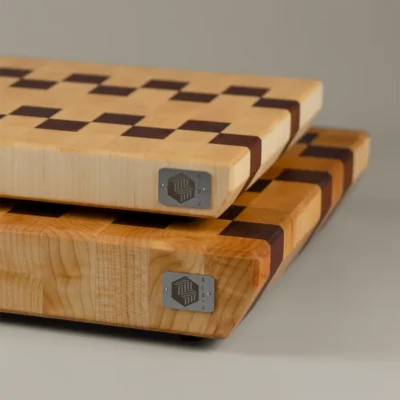
Rubra
butcher block
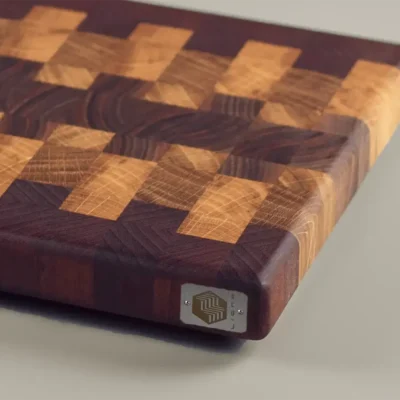
Calida
end grain cutting board
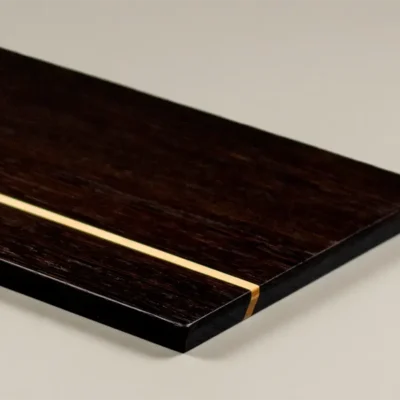
NIGRA
serving board
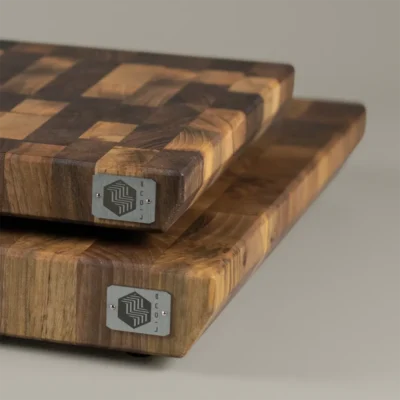
Pura
Walnut walnut butcher block
Pura
Walnutwalnut butcher block
